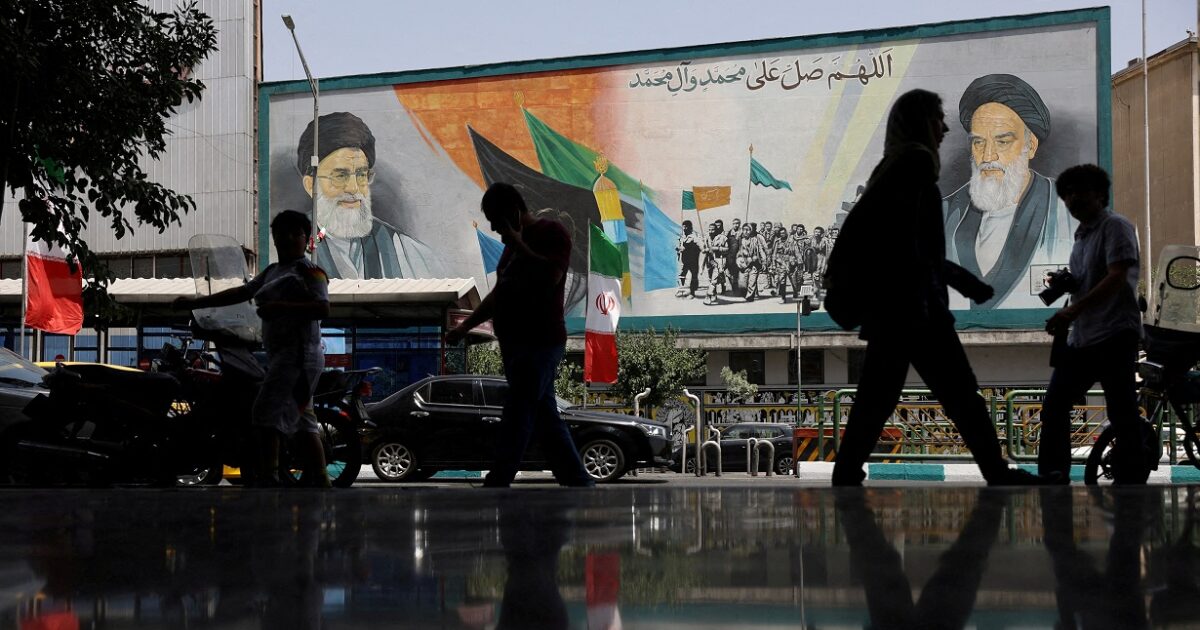In 1979, the Iranian people did something that few considered it possible: it overturned one of the most powerful monarchs in the world. His Shah Iranonce glorified as the West ornament, he was banished. A movement was not under the leadership of generals or politicians, but of an exiled clergyman named Ayatollah Khomeini. So how did a seemingly unmistakable regime collapsed so quickly and why?
Modernization – but for whom?
At first glance, Iran under the Shah seemed to prosper. From 1953 to 1978, the economy increased more than seventeen times, thanks to revenue from oil exports. The so -called “White Revolution” of the Shah promised agricultural reform, education and industrial development. However, under the surface, these changes gave rise to division.
Inequality was fired. A small elite, including the royal family, was becoming richer, while ordinary Iranians suffered from housing in cities, inflation and stagnation in wages. By 1959-60, the richest 10% of urban families were responsible for more than one third of all household expenses. Shah’s obsession with military spending, while neglecting basic services such as health and education, clearly revealed his priorities.
The rapid industrialization also led to drastic social changes, with the emergence of a new middle class by teachers, civil servants and office workers, while rural immigrants flocked to cities and lived in miserable slums – they became the infantry.
No voice, no choice
While society changed, politics remained frozen. Shah’s power became more and more authoritarian. Independent political parties were banned. In 1975, he dismantled every opposition and established a one -party regime under the Rastachiz Party, warning that the dissenters belong to “either in prison or outside Iran”.
It was not just about silencing critics. It was a crisis of political participation, where all the communication channels between the state and the citizens had disappeared. The result? A state that ruled by spending petrodolaria, not listening. This “parasitic state” was increasingly alienated from its people and its daily problems.
When global demand for oil declined in 1975–77, Iran’s economy was shaken. Plans were canceled, jobs were lost, and suddenly the “glue” holding the system united – the wealth of oil – began to dissolve. The Shah became the target of charges and rage.
Revolutionary rush
Within this chaos, something unexpected happened. Shiite Islam has become the language of the revolution. Clergymen such as Ayatollah Homeini combined old religious symbols with modern populist messages.
The result was electrified. The protesters used religious rituals – funerals, memorials, processions – as acts of resistance. The mosques became concentration centers. And every death on the streets led to more gatherings, more indignation, more impulse.
However, Khomeini was not the fundamentalist that many present. He armed his speech with anti-imperialist rhetoric, denounced Western domination and presented himself as a defender of justice for the oppressed-Mostazafin.
A state that could not defend
And then, when the future was judged, the state collapsed. Shah – undecided, ill (diagnosed with cancer) and politically isolated – failed to act decisively. As the demonstrations were escalated, it alternated between harsh repressions and lukewarm concessions. This instability merely reinforced the morale of the opposition.
Even the once powerful army, with more than 300,000 men, began to break up. In recent days, leading commanders have drawn a secret agreement with the leaders of the revolution. There would be no military coup, no rescue mission.
A perfect storm
The Iranian revolution defied every category. Was it for oil? Inequality? Islam? The truth is: For all of the above. Socio -economic dissatisfaction and political oppression have generated feelings of frustration, offending and betrayal. Religion became the language of indignation and the passion that mobilized thousands on the streets, again and again, without fear of death.
The streets of Tehran echo from the slogan: Marga Bar Sah! – “Death to the Shah.” But when the Shah left, then only many realized that Khomeini’s vision for Iran was not exactly what he had promised.


Penelope Koumoutsou
Founder of Youth Platform Speak Up – Stand Up
https://www.speakup-standup.com/
